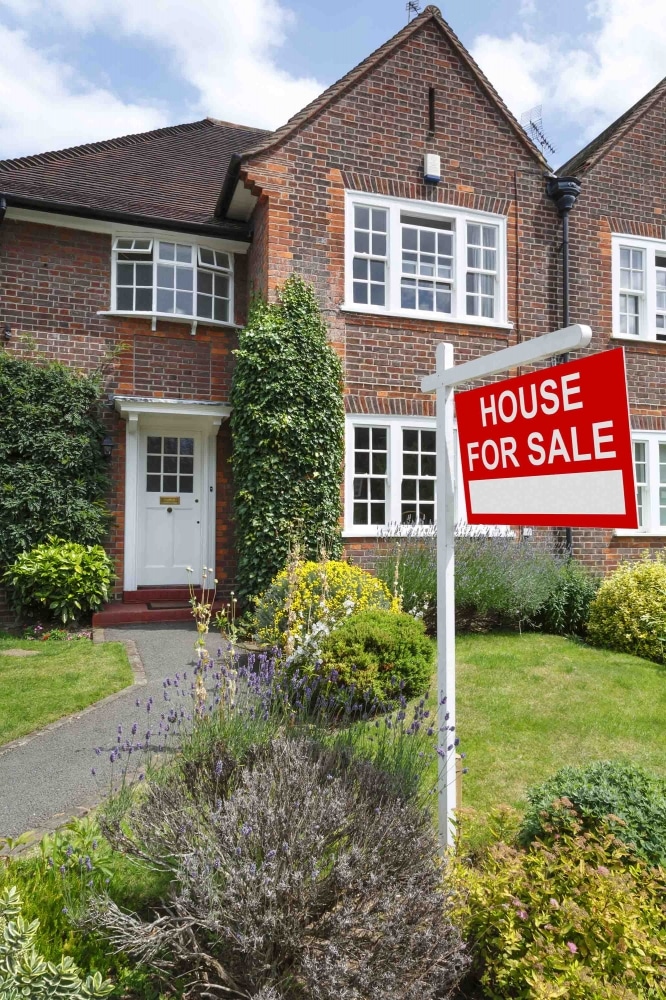Property group Savills has upgraded its 2021 UK house price forecasts to reflect the extended stamp duty holiday and the impact of repeated lockdowns on what homebuyers want from their homes.
Its analysis forecasts that house prices in Tunbridge Wells are set to increase by 19.10 per cent, with values increasing by £64,500, although the rise could be much higher.
Savills says the average value of homes in the South East in December 2020 was £336,984 and this value is predicted to rise to £401,348 by the end of 2025.
However, properties in Tunbridge Wells often go for much more than the median price in the rest the region.
The average price of a three-bedroom house in the town centre tipped over the £500,000 mark earlier this year, according to property websites Zoopla and Rightmove. Detached four-bedroom homes often go for more than £1million.
If Savills predictions come true, price rises in the town centre and surrounding areas could see a three-bedroom house increase by more than £100,000 in the next five years, while owners of large detached homes could see an extra £200,000 added to their value.
Savills says it expects average UK house price growth of 9.0 per cent by the end of this year alone. It also forecasts further growth of 3.5 per cent in 2022.
In the period 2022 to 2025 the estate agent predicts prices will rise between 11 and 12 per cent, taking total growth across the UK to the end of 2025 to 21.5 per cent – more than a fifth.
“Some of the growth generated by the extraordinary market conditions of 2020 and 2021 could unwind at times during 2022, but we see nothing on the horizon that would trigger a major house price correction,” said Robert Jacobs, head of residential sales at Savills in Tunbridge Wells.
“New buyer demand continues to outweigh supply despite the potential stamp duty saving falling from £15,000 at June 30 to just £2,500 until the end of September, and this against low levels of supply.
“This imbalance looks set to continue, underpinning further price growth over the near term, particularly as people look to lock into current low interest rates.
“But such strong growth in 2021 will leave less capacity for growth over the next few years, particularly as interest rates are expected to rise a little earlier than leading commentators had previously projected.
“The rate at which interest rates rise will also shape price growth. A steeper than anticipated jump in rates would restrict growth, although it would have to be severe to lead to actual falls in values – an outside risk in our view.”
Interest rate rises are critical to the forecasts, Savills says. The predictions assume a Bank of England base rate no higher than 0.5 per cent by the end of 2025.
A number of other key factors point to what Robert Jacobs describes as a ‘soft landing’ for the market, rather than any dramatic correction in values.
Since the market reopened last year, price growth has been driven in large part by more affluent buyers, less reliant on mortgage debt and able to lock into low fixed interest rates.
More generally, the pace of economic recovery has helped reduce unemployment levels, stress testing of lending is now embedded in the system, while interest rate rises are still expected to be slow and modest by the end of 2025, meaning a gradual squeeze on affordability.
These factors underpin Savills’ five-year forecasts, but they also indicate limited capacity for further price growth at the end of this period, without substantially affecting who is able to buy and the number of potential transactions.
First-time buyers are likely to be increasingly reliant on government schemes and, where available, on the generosity of the bank of mum and dad.
Top Photo: © Paul Maguire/dreamstime.com








